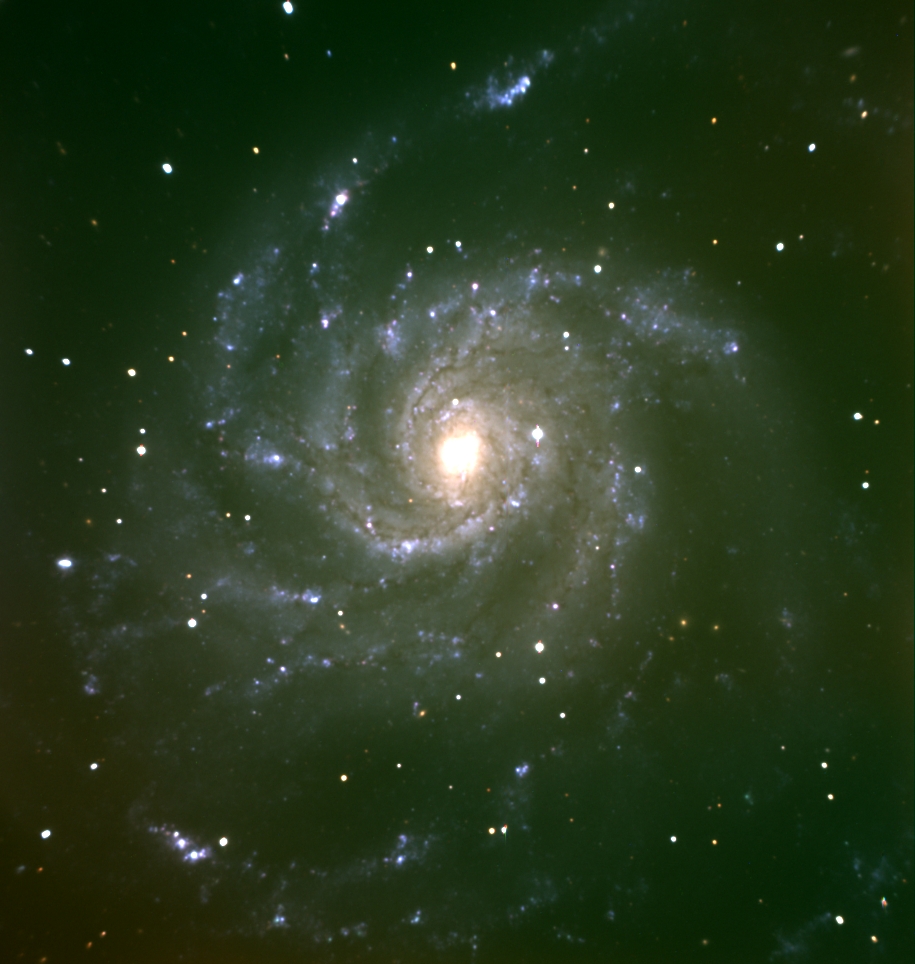
At the present time WIRO-Prime is nearing completion. It has been on the telescope mainly for engineering runs but we have managed to obtain a few pretty pictures that give an idea of its capability. The first image shows a color image of the nearby spiral galaxy M101 obtained with WIRO-Prime. This image is about 18 arcmin on a side and was constructed from three exposures: B (10-min), V (5-min) and R (5-min). Each exposure was flat-fielded and then scaled and assembled into a color jpeg image. The next image below show a similar color image of M100 (NGC 4321) a luminous spiral galaxy in the Virgo Cluster (about 50 Million light years from Earth). Both images were obtained with a smaller, thermoelectrically-cooled CCD camera we used early in the development of WIRO-Prime. This camera had 1024X1024, 24-micron pixels, each about 1-arcsec in size. The new EEV CCD camera will have better spatial sampling (0.56 arsec/pixel) but will have a similar field of view. Note that the corners of the field in both images show some residual coma. This reflects the fact that the current prime-focus corrector was designed for an older, smaller CCD. We have designed a new corrector which should reduce the coma to a negligible level over the entire field.

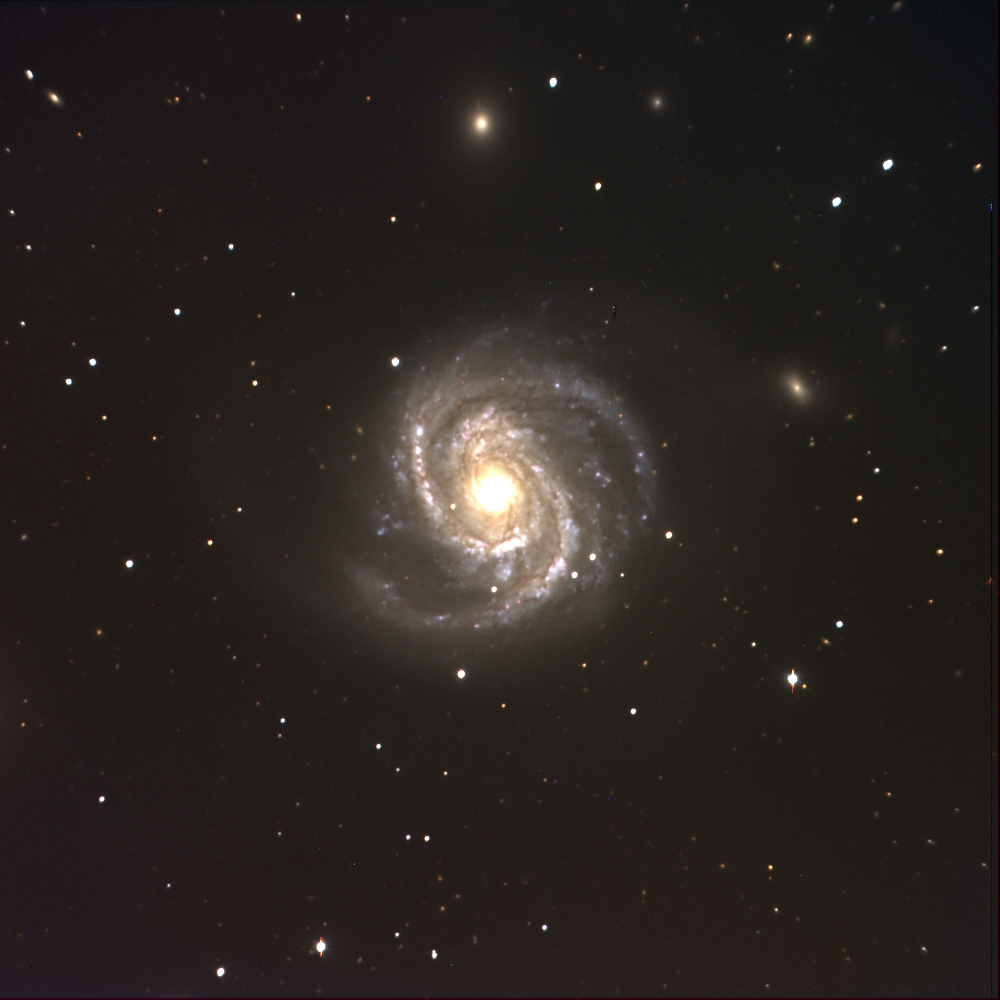
The next two images show simlar color images but are cropped to show a smaller field of view. As a result, the slight coma seen in the corners of the first two images is absent. The first image shows M95 (NGC 3351), a barred spiral galaxy in the Leo Group, about 30 Million light years in distance. Note the ring of star formation assocated with the orbital resonance resulting from the bar. The last two images show the Owl Nebula and the Dumbbell Nebula. These clouds of gas are much closer (about 1000 light years away), and located within our own galaxy (the Milky Way). These clouds or nebulae are the result of the central star blowing off its outer layers near the end of its life. They are glowing via florescence; ultraviolet light from the hot, central star is absorbed by the cloud and re-emitted at visible wavelengths.
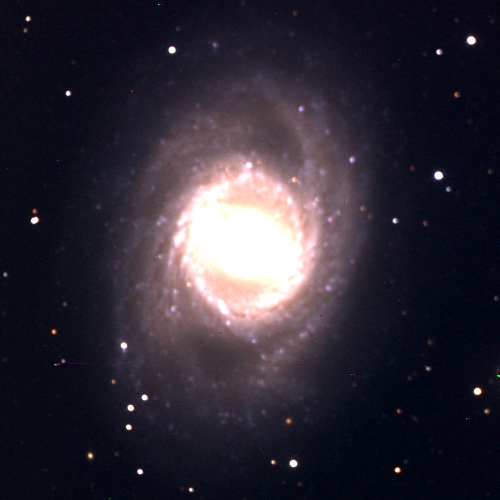
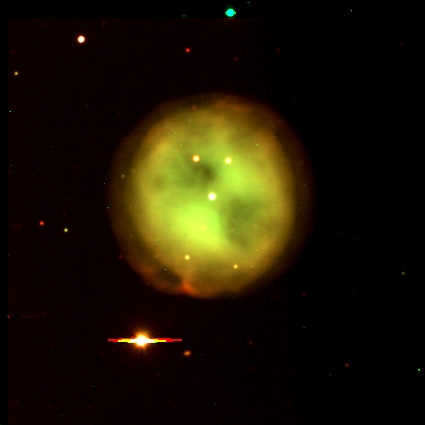
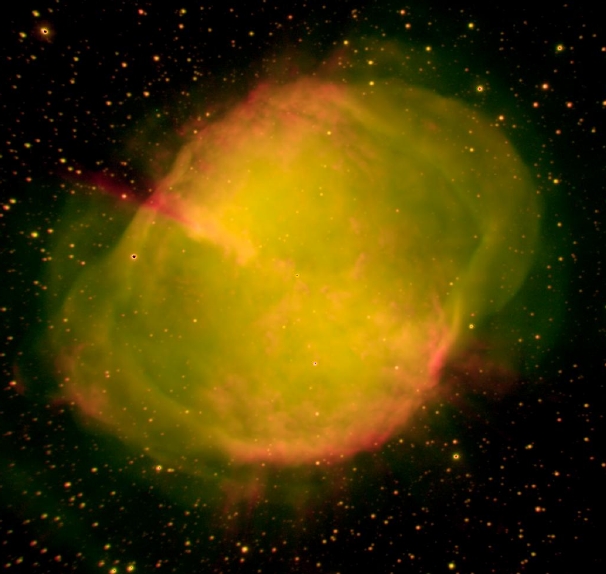
These images were taken with WIRO-Prime by Richard Cool, Danny Dale,
and Mike Pierce.
We should have a set of pretty pictures from the new camera soon!
Last Modified 3/6/2003 by Michael Pierce (mpierce@uwyo.edu)